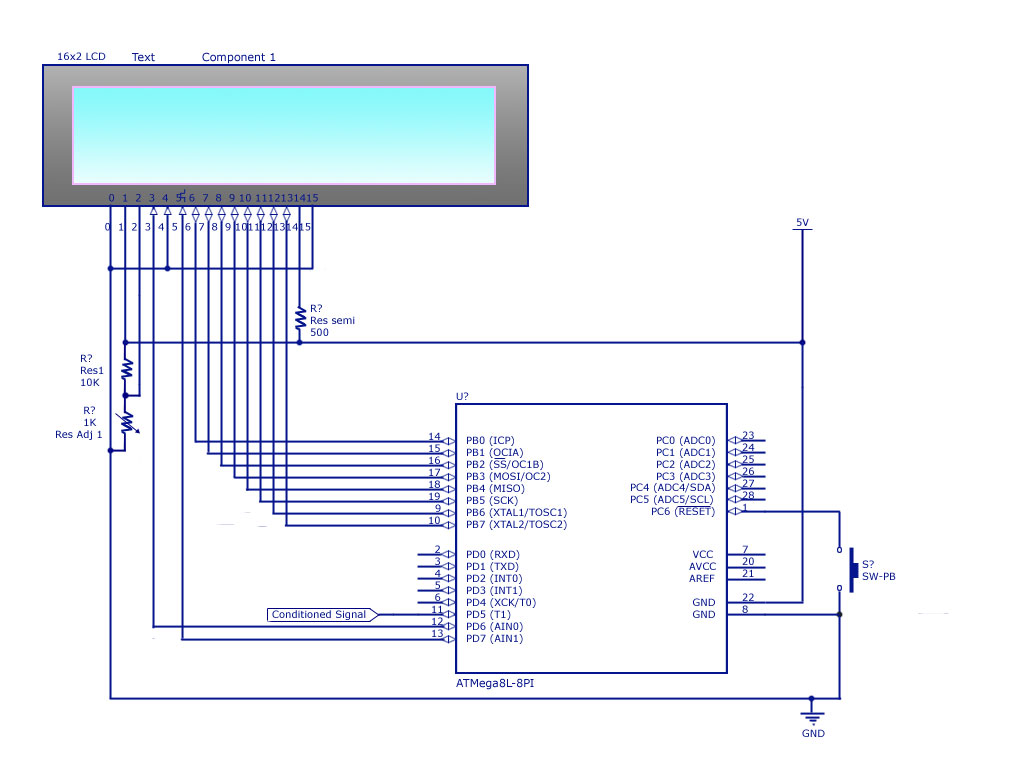
Ship Navigation lights circuit

The self-excited multivibrator circuit utilizes transistors VTi and VT2 to generate an output signal that triggers a thyristor (VT3). An adjustment potentiometer (RP) is incorporated to modify the oscillation frequency, which in turn adjusts the flashing cycles of lights Hi (red), Hz (green), and Ha (yellow).
The circuit operates as a self-oscillating multivibrator, where transistors VTi and VT2 are configured to create a feedback loop that continuously switches the states of the transistors. This oscillation generates a square wave output that is used to trigger the thyristor (VT3). The thyristor, once triggered, allows current to flow through the connected load, which consists of the flashing lights.
The adjustment potentiometer (RP) plays a crucial role in determining the frequency of oscillation. By varying the resistance of RP, the time constants of the charging and discharging cycles of the capacitors in the circuit are altered, thus changing the frequency of the output signal. This adjustment directly affects the flashing rates of the lights. The Hi (red), Hz (green), and Ha (yellow) lights are connected in such a way that their flashing cycles correspond to the frequency set by the potentiometer.
The design allows for visual feedback through the colored lights, providing a clear indication of the operational state of the circuit. The use of different colors for the lights also facilitates easy identification of the flashing patterns, making it user-friendly for applications that require visual signaling. Overall, this multivibrator circuit is a practical implementation for creating variable flashing light signals using simple electronic components. By the transistor VTi, VT2 composition self-excited multivibrator output signal VT3 put large after a thyristor trigger pulse. Adjustment potentiometer RP, can change the oscil lation frequency, thereby adjusting the flashing lights Hi (red), Hz (green), Ha (yellow) flash cycle.
The circuit operates as a self-oscillating multivibrator, where transistors VTi and VT2 are configured to create a feedback loop that continuously switches the states of the transistors. This oscillation generates a square wave output that is used to trigger the thyristor (VT3). The thyristor, once triggered, allows current to flow through the connected load, which consists of the flashing lights.
The adjustment potentiometer (RP) plays a crucial role in determining the frequency of oscillation. By varying the resistance of RP, the time constants of the charging and discharging cycles of the capacitors in the circuit are altered, thus changing the frequency of the output signal. This adjustment directly affects the flashing rates of the lights. The Hi (red), Hz (green), and Ha (yellow) lights are connected in such a way that their flashing cycles correspond to the frequency set by the potentiometer.
The design allows for visual feedback through the colored lights, providing a clear indication of the operational state of the circuit. The use of different colors for the lights also facilitates easy identification of the flashing patterns, making it user-friendly for applications that require visual signaling. Overall, this multivibrator circuit is a practical implementation for creating variable flashing light signals using simple electronic components. By the transistor VTi, VT2 composition self-excited multivibrator output signal VT3 put large after a thyristor trigger pulse. Adjustment potentiometer RP, can change the oscil lation frequency, thereby adjusting the flashing lights Hi (red), Hz (green), Ha (yellow) flash cycle.
Warning: include(partials/cookie-banner.php): Failed to open stream: Permission denied in /var/www/html/nextgr/view-circuit.php on line 713
Warning: include(): Failed opening 'partials/cookie-banner.php' for inclusion (include_path='.:/usr/share/php') in /var/www/html/nextgr/view-circuit.php on line 713




